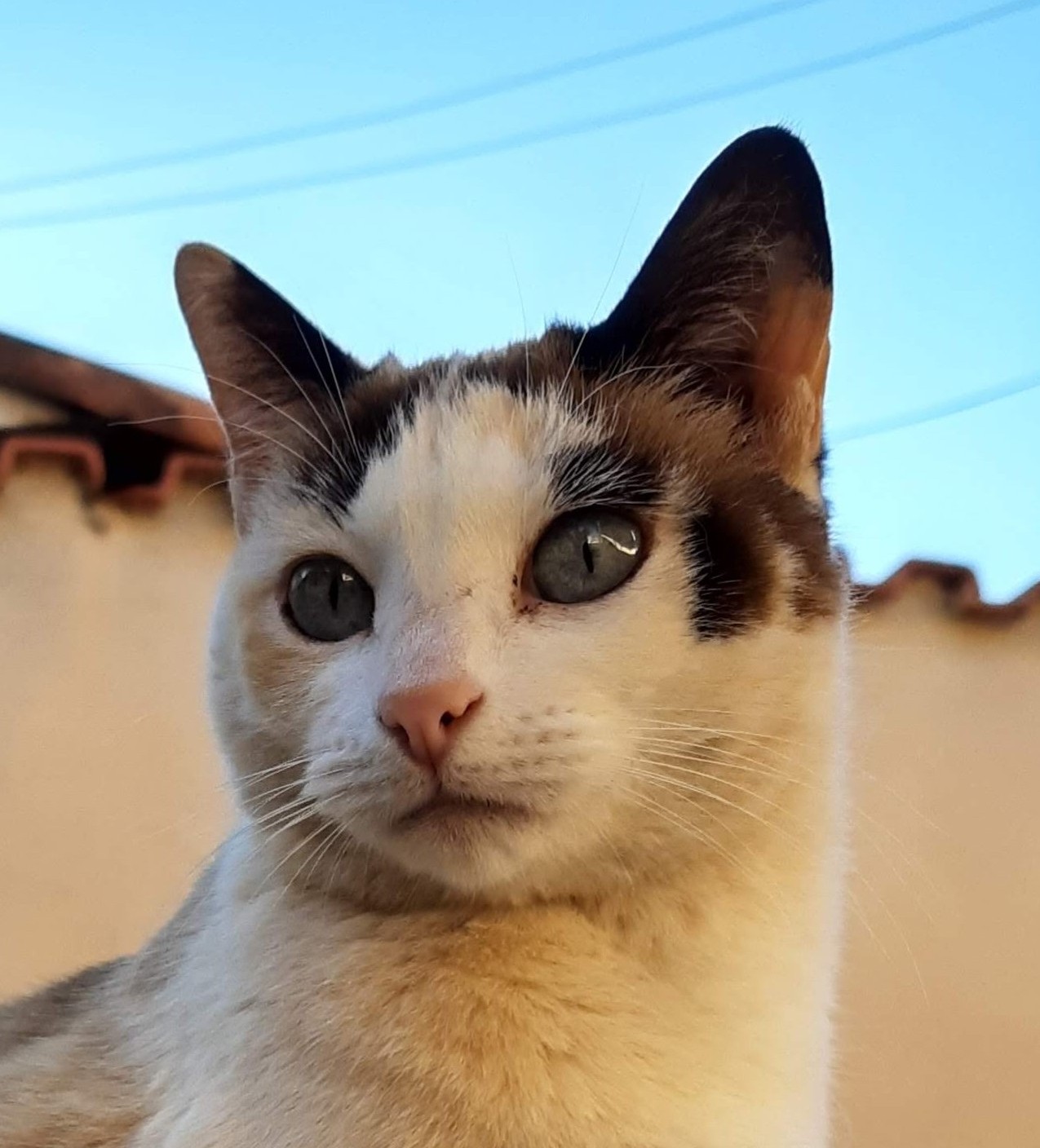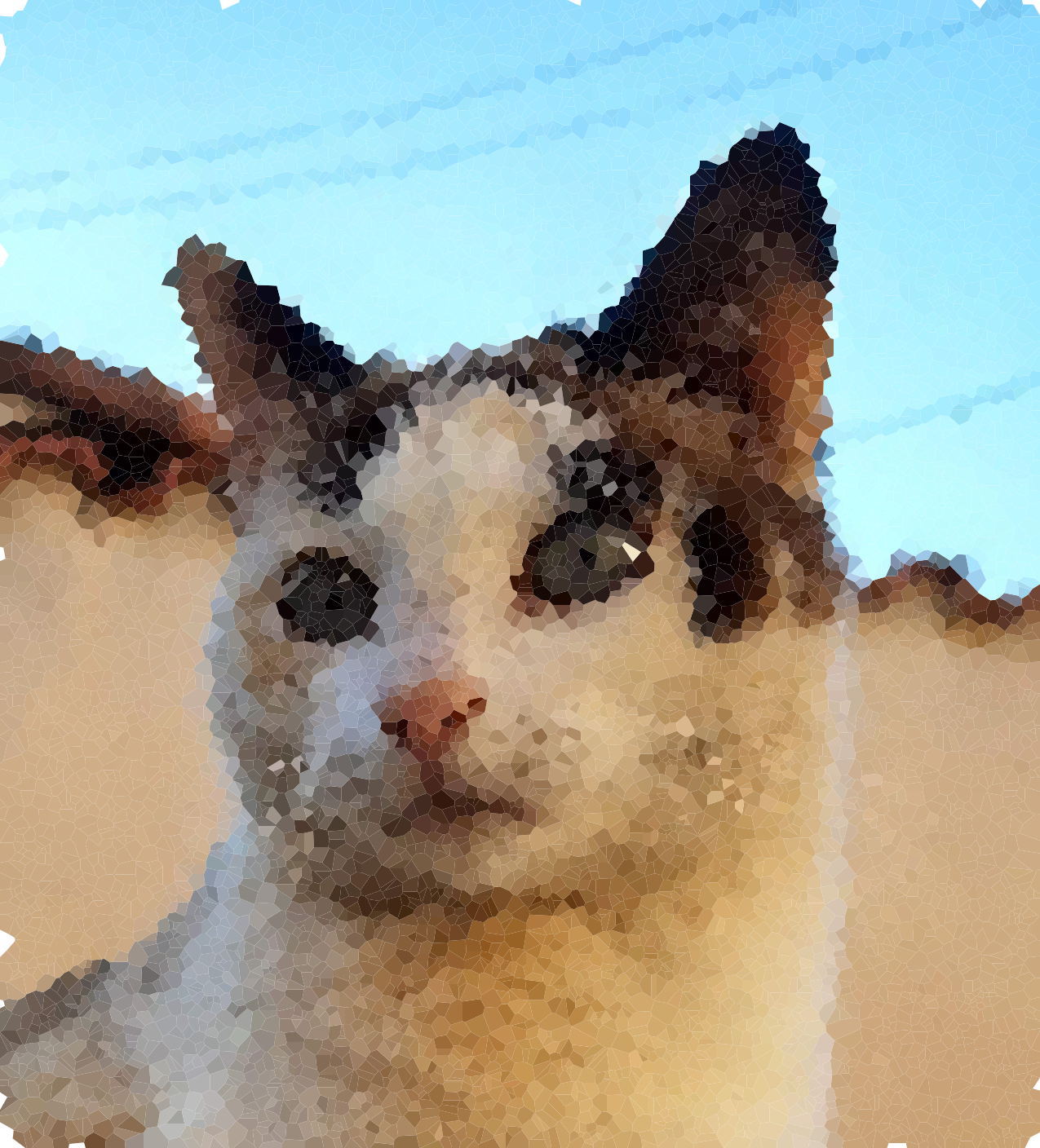Codes for Master's Data Structures and Algorithms (FGV, 2021).
Voronoi diagram implementation in C++ and an application to images.
| Original image | Voronoi image |
|---|---|
 |
 |
This was an evaluated assignment for the first part of this course, that covered Computational Geometry problems.
First, clone the repository:
git clone https://github.com/lucasresck/data-structures-algorithms.git
cd data-structures-algorithms/voronoi_image/Run the Python script to sample 10000 pixels from the image at ../images/image_1.jpg:
python sample_pixels.py --image_path ../images/image_1.jpg --n_pixels 10000It will generate the file points.txt, which contains the sampled pixels from the image.
Compile and execute the C++ file:
g++ voronoi.cpp -o voronoi
./voronoiIt will generate the file cells.txt, which contains the cells' vertices from the Voronoi diagram.
Double click visualization.html to open the webpage in your browser and upload points.txt and cells.txt files, in this order.
The result will be the Voronoi diagram constructed from the sampled pixels.
The Voronoi diagram implementation is Fortune's, based on the book Computational Geometry. The C++ file receives a list of n points, constructs a doubly-connected edge list (DCEL) that represents the Voronoi diagram, and saves the cells' vertices as a file.
The algorithm, as original designed, having the status structure as a balanced binary search tree, has complexity O(n log n). However, due to time constraints, I implemented a linked list. This should not be a problem, given the fact the main structure was the DCEL and the complexity went to O(n²). Another limitation was the bounding box, which is not (at least yet) present in this implementation. The main effect is the empty cells on the image border.
De Berg, Mark, et al. "Computational geometry." Computational geometry. Springer, Berlin, Heidelberg, 1997.